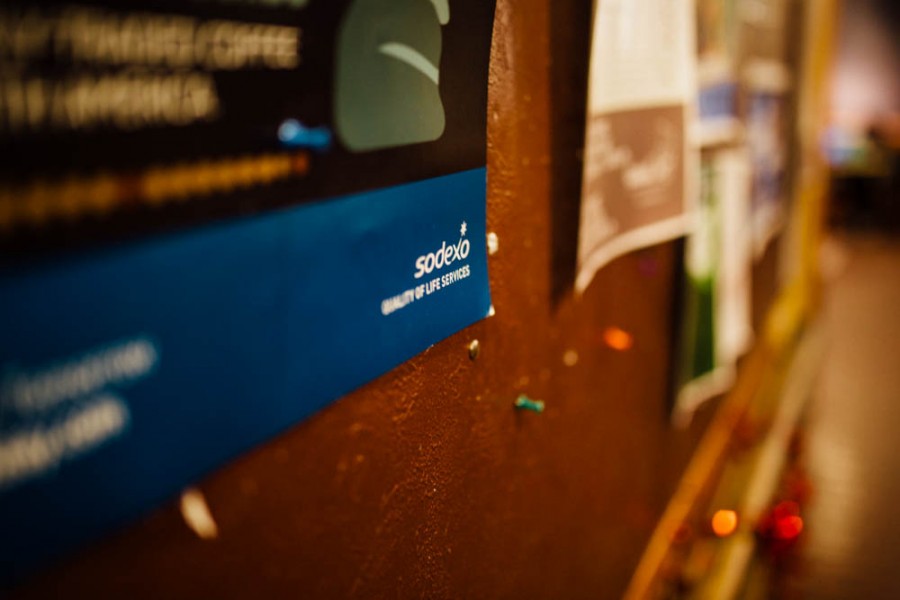There are two storefronts in view when I look out my apartment window here in Paris: one awning reads “Alimentation Générale,” a general food store, and the other reads “Boucherie Musulmane,” a Muslim butcher shop. If I ever need a flank steak or a sack of lemons, I know where to go.
It’s quite simple, even though there’s no real store name in sight.
These generalized storefront titles were one of those shocks I felt leaving the U.S., these generalized storefront titles. They make me feel like a kid in the ’40s, wearing pinstripe suspenders and running down to the corner store to buy his grandpa a pack of smokes. Maybe that’s just a vibe I get from the movies, but that corner store was just a store, chosen for its convenient location and maybe a nice conversation or two with the guy behind the counter.
Storefronts seem to carry that same vibe here – pharmacies are just pharmacies and advertise themselves as such, with a big green cross above the door. Laundromats are laundromats, and if you need it, it’s right there. The whole thinking is different; when you need something, you go and get it. Easy.
Usually at home, though, I feel like there is always some chaos going on in my subconscious, a devil on one shoulder and an angel on the other, never using their inside voices, trying to tell me what to buy and where to buy it. It’s the plague that is brand loyalty – the names we see in ads every day are the ones that make the sales. What am I really buying here, the Coke or the can it comes in?
Here’s something I don’t miss much about home: the billboards telling me what to do, or the false window signs at 16th and Wells making Papa John’s pizza look edible. That’s not to say products can’t be radically different depending on the names behind them – Cheese Nips, for example, just aren’t the same. It’s just that the bombardment of brand images trying to sell me things gets to be a bit mind-numbing. Can’t we just decide for ourselves?
But there may be some hope on the horizon.
In a way only Forbes can, the magazine published an article showing a return to old ways: a study by Ernst & Young found brand loyalty to have fallen by 15 percent as the deciding factor in purchases, down to just a factor of 1/4 in decision making. This is due to a wishy-washy economy, of course, but the report mentions a doubt that the old numbers will return any time soon.
That’s great, but companies will need a new strategy. I think this change in buyer loyalty calls for a return of the ground-shaking set of 20th-century experiments, second only to the polio vaccine: the Pepsi Challenge.
The irony is, of course, that this was just another mechanism for advertising the Pepsi brand. But hey, the general idea makes a lot of sense. A blind taste test is designed to take away any preconceived notions about your preferences for a product, whether it’s going for the cheapest price between two nearly identical colas at the supermarket or remembering the Budweiser billboard you pass every day during a bumper-to-bumper morning commute.
It’s a stripped-down version of advertising: going for the quality of something over the best combination of words and pictures in an ad. Back to basics. And in some far-off utopia where all ads are replaced with Pepsi Challenges, producers would strive for quality rather than presentation. In such a distant world, aliens or no aliens, everybody wins.
Tony Manno is a junior double majoring in journalism and writing-intensive English. Email him at anthony.manno@marquette.edu.





